 The Yamaha YZ125 two-stroke might be the number one motocross bike in the world. Actual production numbers are hard to estimate, but the YZ125 and 250 have had the longest production runs of any dedicated dirt bikes, starting in 1974 and continuing to this day. And in that time both sold well, making them the prime contenders for the title of earth’s biggest selling MX bikes.
The Yamaha YZ125 two-stroke might be the number one motocross bike in the world. Actual production numbers are hard to estimate, but the YZ125 and 250 have had the longest production runs of any dedicated dirt bikes, starting in 1974 and continuing to this day. And in that time both sold well, making them the prime contenders for the title of earth’s biggest selling MX bikes.
Even more amazing is the YZ125’s current run as king of the 125s, which has continued for about 15 years. To this day, the YZ continues to get the nod as the best bike in its class. With a light make-over in 2015, the little YZ sits in Yamaha’s line as the perfect bridge to the big leagues, as well as being an excellent final destination in anyone’s moto career. Few bikes have made such a great impact on the careers of so many riders as well as on motocross itself.

THE HISTORY BOOK
Despite being the sole survivor of the once flourishing Japanese 125 class, the YZ has never been dominant on the pro level. In its earliest years, Yamaha’s effort was concentrated on the bigger bikes. While Gary Jones, Pierre Karsmakers, Jimmy Weinert and Marty Tripes rode works versions of the YZ250 and YZ360, the 125 was seen as more of an amateur bike. That changed in 1974 when the AMA gave the 125 class its own official championship. The only problem was a high school kid named Marty Smith who absolutely dominated the new class on a Honda for the first two years. In that period the highlight for Yamaha was Tim Hart, who gave the works version of the YZ125 its first national win in the final race of 1974, then followed it up by winning the soggy season opener in 1975. That was the only race in 1975 that Marty Smith didn’t win.
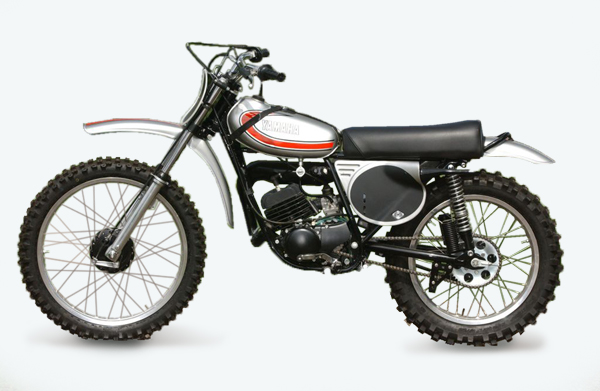
Everything changed in 1976 with the coming of Bob Hannah. He was hired, along with Danny Turner, to take on Smith, and what resulted was one of the most epic battles in the history of American MX. Hannah was supplied with the OW27, a water-cooled works Yamaha 125, and he used it to dominate the first races of the year. Smith came back with his own exotic works Honda, but never recaptured his form from ’75. For a detailed account of that year’s battle, go to www.mxworksbike.com.
When it was all over, Yamaha earned its first 125 National Championship. Even better, the production bike was beginning to see some influence from Yamaha’s racing success and was improving rapidly. The years between 1976 and 1979 saw Yamaha’s greatest success in the 125 Pro class. Next it was Broc Glover’s turn to fly the 125 flag. He won three straight 125 National Championships for Yamaha before moving up to the bigger bikes.
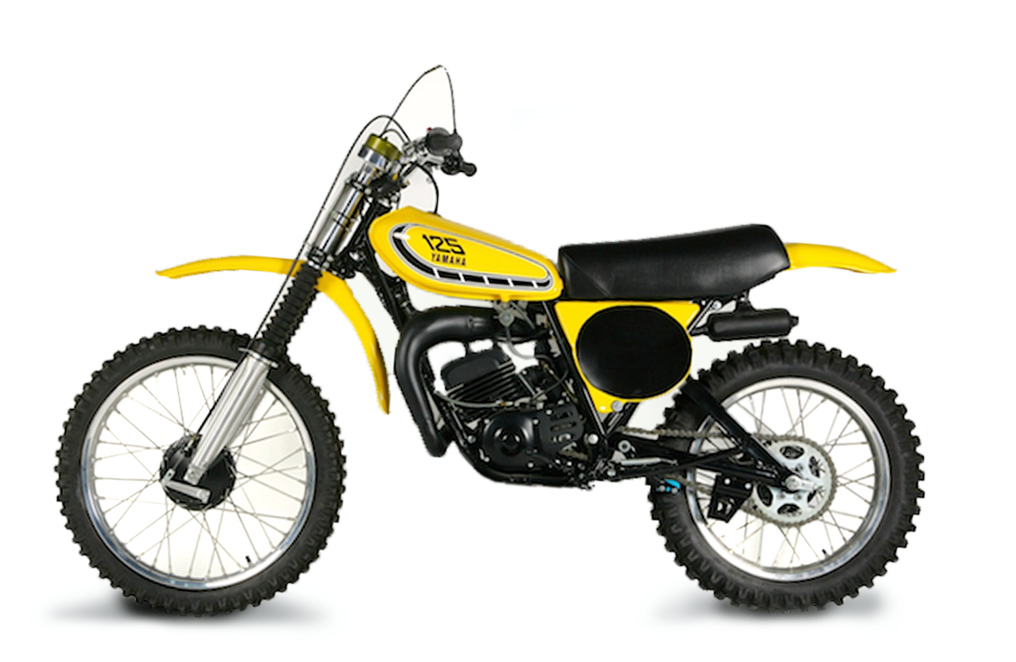
Then came a long period when Yamaha was pushed to the background in the 125 class. From 1981 until 1992, the YZ125 and its works cousins had little impact in pro racing. In that period Ron Lechien, Keith Bowen, Damon Bradshaw and Doug Henry gave Yamaha a handful of wins but no championships. Jeff Emig put an end to the drought by winning six of the 11 races in 1992 to take the title.
In the years that followed, Kevin Windham, John Dowd, Stephane Roncada, Larry Ward, Chad Reed, Craig Anderson and Mike Brown all gave the production-based YZ125 national wins, but no more National Championships would come. In regional Supercross, the YZ125’s most notable highlight came in 1989 when it gave Damon Bradshaw his only championship. Oddly enough, its pro record never did the YZ justice. From the start, it was more of a people’s bike and remains the 125 most likely to win at the local level to this day.
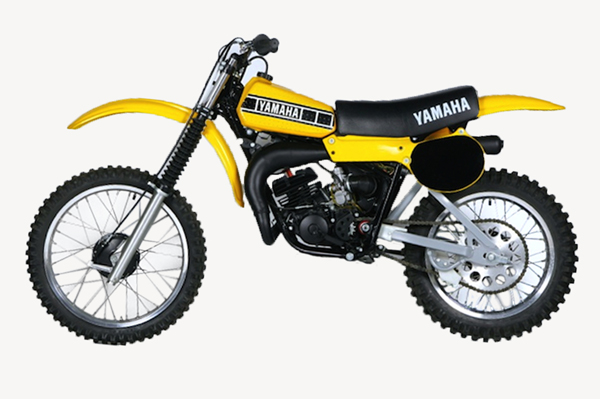
THE YEARS
1969: Yamaha released the 125cc AT-1 shortly after the 250cc DT1. It carried a price tag around $500 and actually had an electric starter. Yamaha aimed this machine at women and young riders who might have trouble with a kickstarter. In sales, the 125 was overshadowed by the DT-1 and the wildly successful CT-1, which was almost the same bike, but with a 175cc motor and no electric starter. At the time, Yamaha offered a YGT (Yamaha Genuine Tuning) kit, which had a ported cylinder, a high-compression head, a carb, a pipe and a new ignition that allowed you to get rid of the battery and starter. At the distributor level, Yamaha assembled a few of these under the AT-1 MX name. This eventually morphed into the Yamaha 125MX.
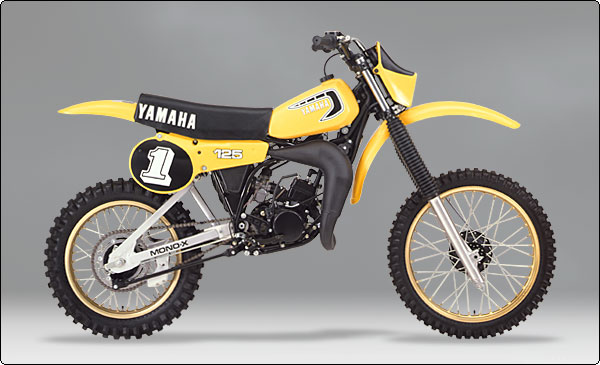
1973: Although very few were actually made, Yamaha did produce a YZ125 in 1973. It was not offered to the general public, but a dealer in good standing could submit a rider resume to the importer and hope to obtain a semi-works bike. However rare, this goes down in the books as the first bike with the YZ125 name.
1974: This was the first real year of the Yamaha YZ125, which was brought out as a companion to the much more exotic YZ250 and YZ360. The 125 still wasn’t on the same level as the bigger bikes and didn’t have nearly as many exotic parts. It was, in fact, very similar to the MX125 and MX100, which Yamaha offered concurrently. The YZ125 sold for $110 more than the MX and had more peak horsepower and a number of lighter parts. Plus, it had the cool strap on the tank. At the time, Honda owned the 125 class with the CR125M Elsinore, but the two Yamaha 125s were at least in the game.
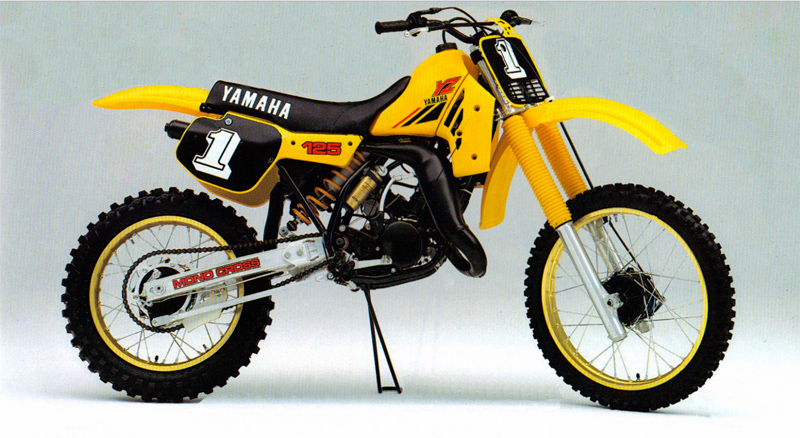
1975: By 1975, the 100 class was dying off, and Yamaha started taking the 125 more seriously. The big news was the Monoshock rear suspension, but the YZ also got a new motor that was much more compact than the old AT1-based engine. The dished rear sprocket sold for nearly $50 alone. The YZ was still limited in production at the time, and the less expensive MX version was more common. Yamaha would finally surpass the unchanged Honda CR125M, but would have a new rival in the form of the first Suzuki RM125.
1976: Yamaha merged the MX line into the YZ line, so the 1976 YZ125 would have the highest production numbers of any YZ so far. The most interesting features of the ’76 model were the large air canisters on top of each fork leg. The 125 class was now the property of Yamaha and Suzuki—the latter of which had just released the stunning, all-new RM125A.

1977: Big new look for the YZ. It got a plastic tank, a radial fin head and an offset front axle. Still, Suzuki was the biggest competition. Yamaha would dabble with the bike for the next few years without making much progress, allowing Honda to get back in the race.
1980: Without any real explanation, Yamaha decided to reverse the motor, moving the output shaft to the right-hand side. Otherwise, it seemed like the same motor and the same chassis. Just in a mirror.
1981: Almost five years after temping the world with a glimpse of Bob Hannah’s factory OW27, Yamaha finally came out with the goods on a production bike. The 1981 was liquid-cooled and virtually all new. The radiator was mounted on the fork, just like Hannah’s had been, and there was a crazy front number plate that had a giant mouth for airflow. Unfortunately, the first liquid-cooled YZ was a flop. It was blown out of the water by the 1981 Suzuki RM125, which was also liquid-cooled, and featured the full-Floater rear suspension with rising-rate linkage.
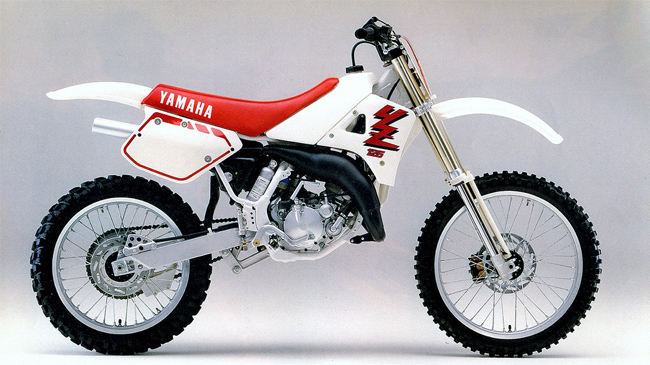
1982: Yamaha responded to the full Floater by grafting a suspension link between the shock and swingarm, but retaining a nearly horizontal shock orientation. This supplied a riding rate, but looked like (and was) a clumsy afterthought. The most significant feature of 1982 was YPVS, the first power valve.
1983: This was a much better bike. Yamaha finally got the radiator off the steering crown where it adversely affected handling. The shock linkage was moved down, eliminating the crude pivot above the swingarm bolt. Finally, Yamaha was able to take on Suzuki. But now it was Honda’s turn, and the new CR125 would be formidable through the rest of the ’80s.

1985: Yellow Yamahas officially became a thing of the past. Now that the U.S. got the white and red color scheme that had been common in other markets, there would no longer be any confusion between YZs and RMs. The ’85 model got a number of interesting features, including the B.A.S.S. valve, which connected the rear shock valving to the rear brake. Creative, yes. Effective, no.
1986: An all-new motor came. The countershaft sprocket was moved back to the left side, which made more room for the shifter and less complication for the kickstarter. The bad news was that the motor wasn’t very fast. The shock location was also changed to a more conventional vertical orientation with Honda-like linkage.
1988: Yamaha finally found some power. The 1988 YZ was reasonably fast. It handled great. The YZ125 was slowly turning into the bike we have today.
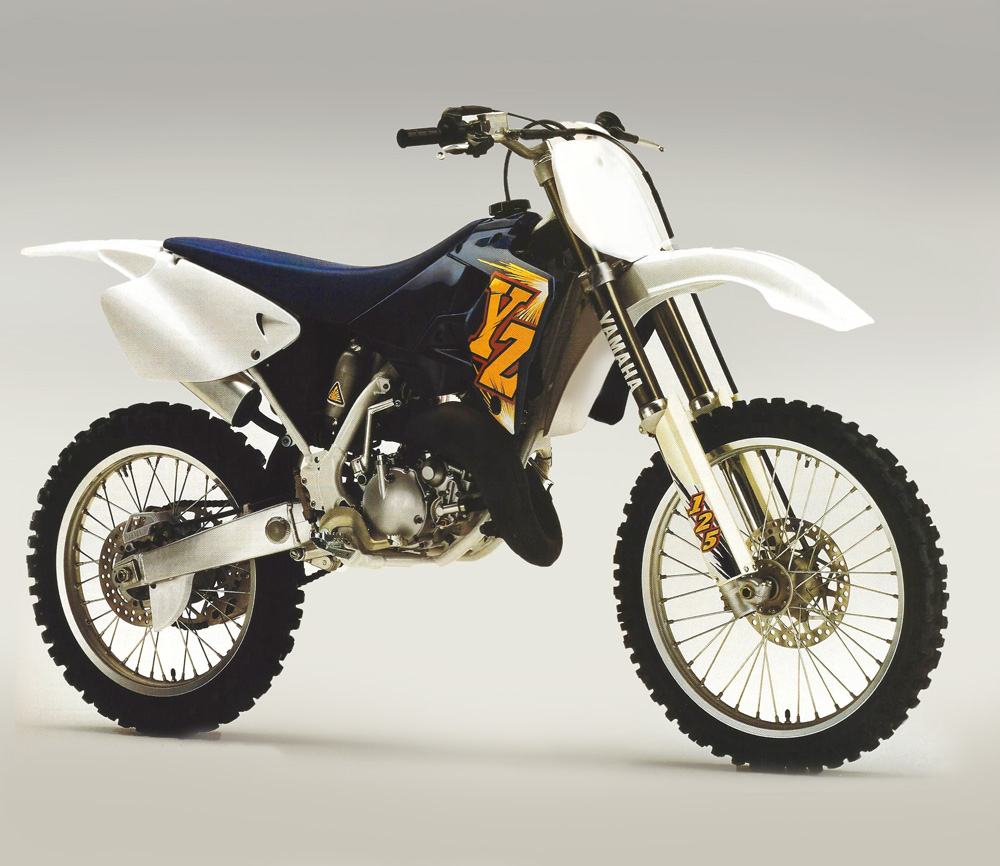
1989: New styling came, which was good. The new upside-down fork wasn’t received so well. Honda also went upside down in ’89, and Yamaha clearly did a better job. Kawasaki and Suzuki would follow later. In the horsepower department, Yamaha was beginning to fall behind again.
1996: Someone set off a fire alarm at Yamaha and everything changed. Until this point, the YZ125 had never been fast. Some years were better than others, but the bike was never a powerhouse. In 1996, that began to change. It still wasn’t the fastest, but it was close. It got a new dark blue color and a new look. And the best was yet to come. With just a few improvements in 1997, the YZ125 would win the Dirt Bike 125 shootout for the first time ever. In the years since then, it has never relinquished the top spot.
2002: This was a year of both good and bad for the Yamaha 125. Good because it got a new chassis and slimmer bodywork. Bad because it got a five-speed gearbox that didn’t match the powerband. It still was the best 125, but it was close. The KTM 125 was showing signs of catching up.

2005: Yamaha went aluminum with all its YZs in ’05. By now, Yamaha had returned to the six-speed and everyone loved the bike, despite the fact that it wasn’t quite as fast as KTM’s 125SX. It still had far superior suspension, handling and reliability.
2008: Yamaha was suddenly alone. Honda, Suzuki and Kawasaki had all given up the 125 chase, choosing to concentrate on four-strokes—a market shift that Yamaha had started. From this point on, the only other 125s were European; bikes like KTM, Husky, TM and Gas Gas. The YZ125 continued to improve. The fork improved dramatically, and today, the YZ’s suspension remains its strongest asset.
2015: Yamaha give the bike new body work and new suspension. The fork, in particular, was upgraded to essentially the same one that came on the YZ250F four-stroke, but with different valving and a smaller axle.

THE USED MARKET
Used YZ125s are the best value in the dirt bike world. Any 2005 and later version will command a higher price because of the aluminum frame. But even so, it’s common to find nice examples for less than $1700. That’s incredible, considering the price of big four-strokes.
Going as far back as 1996 is safe, as you’ll get a great bike with a six-speed. The 2002, 2003 and 2004 models have a much lighter, better-handling chassis, but are saddled with the five-speed. Stay away from any YZ125 that isn’t blue. In the early ’90s, they were real dogs, and by now they’ve become old dogs.
The greatest part about used 125s is that they are cheap to repair. The most expensive part that you might need to replace is the cylinder. That sells for $350 on the Internet. A rod is $40 and a piston is $50. By comparison, the MSRP on a Yamaha YZ450F head is over $700.
There’s no arguing with the practicality of any 125. And it just so happens that the Yamaha YZ125 is the king of the 125s. And there’s no end in sight.
To read the history of the Yamaha YZ250, click here.

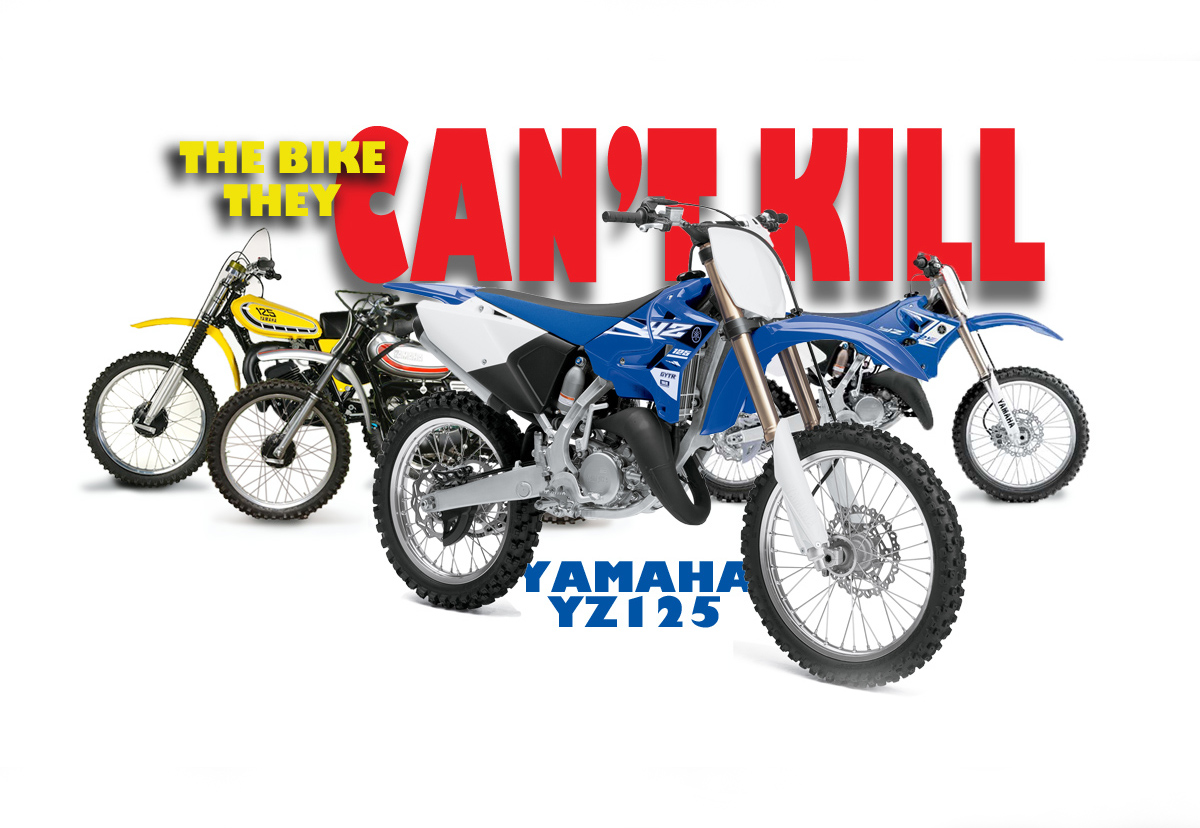


Comments are closed.